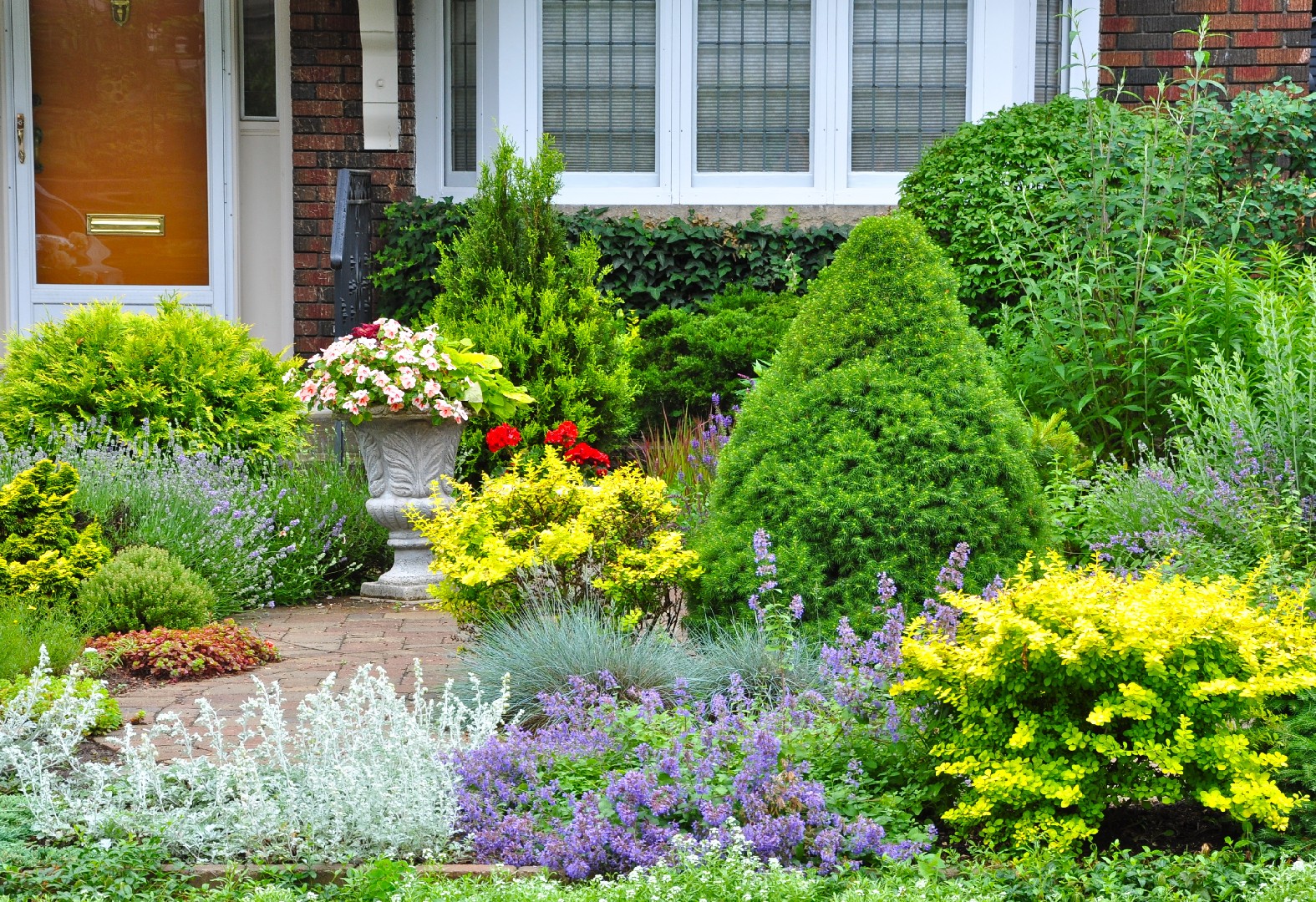![Rectangle]()
Understanding Habitat Networks: Linking Life Together
In order to truly appreciate the importance of habitat networks, it is necessary to understand what they are and how they function. Habitat networks are essentially interconnected patches of habitat that allow for the movement of wildlife between different areas. These networks are crucial for the survival and well-being of various species, as they provide opportunities for breeding, foraging, and shelter.
One key aspect of habitat networks is that they enable the exchange of genetic material between different populations of animals and plants. This genetic diversity is essential for the long-term viability of species, as it allows for adaptation to changing environmental conditions and helps to prevent inbreeding. By creating a network of interconnected habitats, we can ensure that wildlife populations have the opportunity to mix and interact, promoting genetic diversity and resilience.
Gardens can play a vital role in supporting habitat networks. Even small gardens can serve as valuable patches within these networks, providing resources and shelter for a variety of wildlife. By incorporating elements such as native plants, bird feeders, and water sources, we can attract a diverse range of species to our gardens. These plants and features not only provide food and nesting sites but also act as stepping stones, allowing wildlife to move between larger habitats.
Fragmentation of habitat is a growing concern worldwide. As human development expands, natural habitats become fragmented and isolated, making it difficult for wildlife to move freely. This fragmentation can lead to loss of connectivity and gene flow, posing a significant threat to biodiversity and ecosystem health. However, gardens can offer a solution to this problem by serving as stepping stones and corridors, reconnecting these disjointed habitats.
To create an effective habitat network in your garden, there are several key steps to consider. First, choose native plants that provide food and shelter for local wildlife. Native plants are adapted to the local ecosystem and are more likely to attract a diverse range of species. Second, incorporate a variety of plant types, such as trees, shrubs, and flowers, to provide different habitats and food sources. Third, create diverse vegetation structures, including tall trees, dense shrubs, and open meadows, to accommodate different wildlife preferences.
Additionally, consider providing water sources, such as birdbaths or small ponds, to attract birds, insects, and other wildlife. These water features not only provide drinking water but also serve as sources of moisture for bathing and breeding activities. Finally, minimize the use of chemical pesticides and herbicides in your garden, as these can be harmful to wildlife. Instead, opt for organic or natural pest control methods to maintain a healthy garden ecosystem.
By understanding the concept of habitat networks and implementing these practical tips in your garden, you can contribute to the creation of a lifeline for wildlife. Your garden can become a valuable patch within a larger network, providing resources, shelter, and connectivity for a wide range of species. Together, we can design habitat networked gardens that enhance biodiversity and support the survival of wildlife in an increasingly fragmented world.





